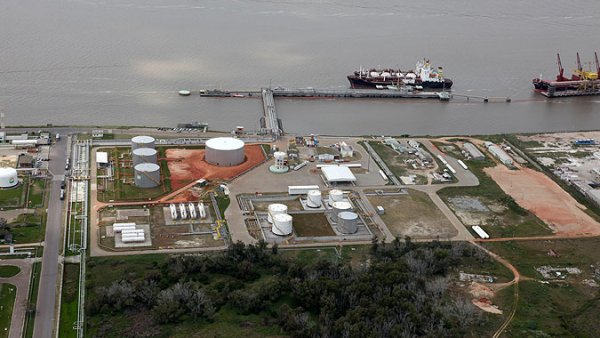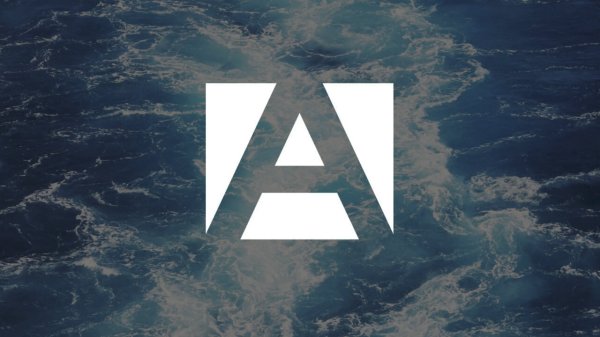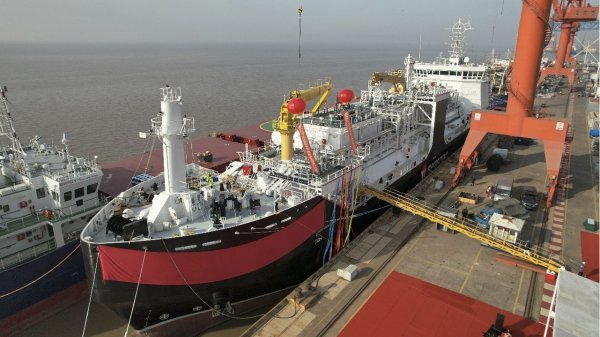BSM targets LNG bunkering in 'many geographic locations'
BSM and Babcock to launch first of 'multiple' LNG bunker ships in 2018.
As Bernhard Schulte Shipmanagement (BSM) and Babcock International Group continue to work on the development of their 'GSV' (Gas Supply Vessel), with the launch date set for April 2018 and delivery expected to be five months later, BSM says it aims to develop several LNG bunker ships in the future that would operate in various locations.
"We're not talking about building one ship, we would like to build a significant position in this new sector. We would like to see multiple ships in many geographic locations serving this new fuelling requirement," said Angus Campbell, BSM director for energy projects, when discussing BSM's future objectives in the LNG bunkering sector.
The 7,500-cubic-metre (cbm) GSV, which will be used to carry out the ship-to-ship LNG refuelling of ships, including ferries, cruise vessels and other shore-based gas consumers in the Baltic Sea, is the first of its kind to utilise Babcock's FGSV0 technology.
The patent pending FGSV0 technology has been developed to deliver LNG from the GSV into the receiving vessel with zero emissions to the environment during normal operations. The GSV is to be built at Hyundai Mipo Dockyard in Ulsan, South Korea. The keel is scheduled to be laid down in February 2018, with the cargo tanks delivered in January 2018.
Amongst the key features of the new vessel will be azimuth thrusters and pump jets to ensure high maneuverability. Frequency-driven pumps with high flow rates will allow for the fast transfer of LNG to vessels with short layovers. Offshore bunkering will be possible using DP2 technology.
"We have been working over the last two years with our partner Babcock International to develop what we call a GSV, which is a small LNG carrier that is very capable, very manoeuvrable, and is able to deliver LNG ship-to-ship in a way that has never been done before," Campbell explained.
"This new sector will enable Babcock and the Schulte Group to innovate and deliver safe, efficient and environmentally responsible fuel delivery to meet demand in this growing sector of our industry," Campbell added.
Ian Lindsay, Babcock managing director for energy and marine technology, remarked: "Working with well-established partners such as the Schulte Group is an exciting prospect for our team. As innovators in Liquefied Natural Gas technology, working on this 'first of its kind' programme is a great opportunity to further expand our reach into the international LNG arena."
Vessel chartered, bunker supply agreement signed
Bunker Index reported last year that the new 7,500-cbm vessel is to be chartered by a joint venture - established in November 2015 - in which Bomin Linde LNG has a 90 percent share in the business and Klaipedos Nafta owns the remaining 10 percent.
The LNG bunker vessel is to be used to supply ships and small-scale LNG terminals along the Baltic Sea coast. For Klaipedos Nafta, operator of the Klaipeda Oil Terminal in Lithuania, the vessel will be used to transport LNG to its onshore LNG reloading station.
In October, Bomin Linde LNG signed a letter of intent (LOI) with Swedish shipowner Furetank Rederi that will see Bomin Linde LNG supply four Furetank Rederi ships using the new GSV. The vessels, which were ordered in conjunction with the Gothenburg-based Gothia Tanker Alliance, are currently under construction and are expected to be commissioned in late 2018 and early 2019.
Image: Angus Campbell, director for energy projects at Bernhard Schulte Shipmanagement (BSM).
"We're not talking about building one ship, we would like to build a significant position in this new sector. We would like to see multiple ships in many geographic locations serving this new fuelling requirement," said Angus Campbell, BSM director for energy projects, when discussing BSM's future objectives in the LNG bunkering sector.
The 7,500-cubic-metre (cbm) GSV, which will be used to carry out the ship-to-ship LNG refuelling of ships, including ferries, cruise vessels and other shore-based gas consumers in the Baltic Sea, is the first of its kind to utilise Babcock's FGSV0 technology.
The patent pending FGSV0 technology has been developed to deliver LNG from the GSV into the receiving vessel with zero emissions to the environment during normal operations. The GSV is to be built at Hyundai Mipo Dockyard in Ulsan, South Korea. The keel is scheduled to be laid down in February 2018, with the cargo tanks delivered in January 2018.
Amongst the key features of the new vessel will be azimuth thrusters and pump jets to ensure high maneuverability. Frequency-driven pumps with high flow rates will allow for the fast transfer of LNG to vessels with short layovers. Offshore bunkering will be possible using DP2 technology.
"We have been working over the last two years with our partner Babcock International to develop what we call a GSV, which is a small LNG carrier that is very capable, very manoeuvrable, and is able to deliver LNG ship-to-ship in a way that has never been done before," Campbell explained.
"This new sector will enable Babcock and the Schulte Group to innovate and deliver safe, efficient and environmentally responsible fuel delivery to meet demand in this growing sector of our industry," Campbell added.
Ian Lindsay, Babcock managing director for energy and marine technology, remarked: "Working with well-established partners such as the Schulte Group is an exciting prospect for our team. As innovators in Liquefied Natural Gas technology, working on this 'first of its kind' programme is a great opportunity to further expand our reach into the international LNG arena."
Vessel chartered, bunker supply agreement signed
Bunker Index reported last year that the new 7,500-cbm vessel is to be chartered by a joint venture - established in November 2015 - in which Bomin Linde LNG has a 90 percent share in the business and Klaipedos Nafta owns the remaining 10 percent.
The LNG bunker vessel is to be used to supply ships and small-scale LNG terminals along the Baltic Sea coast. For Klaipedos Nafta, operator of the Klaipeda Oil Terminal in Lithuania, the vessel will be used to transport LNG to its onshore LNG reloading station.
In October, Bomin Linde LNG signed a letter of intent (LOI) with Swedish shipowner Furetank Rederi that will see Bomin Linde LNG supply four Furetank Rederi ships using the new GSV. The vessels, which were ordered in conjunction with the Gothenburg-based Gothia Tanker Alliance, are currently under construction and are expected to be commissioned in late 2018 and early 2019.
Image: Angus Campbell, director for energy projects at Bernhard Schulte Shipmanagement (BSM).

|
IMO approves pricing mechanism based on GHG intensity thresholds
Charges to be levied on ships that do not meet yearly GHG fuel intensity reduction targets. |
|
|
|
||

|
VARO Energy expands renewable portfolio with Preem acquisition
All-cash transaction expected to complete in the latter half of 2025. |
|
|
|
||

|
NYK trials biofuel in milestone coal carrier test
Vessel is used to test biofuel for domestic utility company. |
|
|
|
||

|
H-Line Shipping orders LNG bunkering vessel
Vessel with 18,000-cbm capacity to run on both LNG and MDO. |
|
|
|
||

|
How to engineer and manage green shipping fuels | Stanley George, VPS
Effective management strategies and insights for evolving fuel use. |
|
|
|
||

|
Swedish government bans scrubber wastewater discharges
Discharges from open-loop scrubbers to be prohibited in Swedish waters from July 2025. |
|
|
|
||

|
MAN Energy Solutions achieves 100% load milestone for ammonia engine
Latest tests validate fuel injection system throughout the entire load curve. |
|
|
|
||

|
Petrobras secures ISCC EU RED certification for B24 biofuel blend at Rio Grande
Blend consisting of 24% FAME is said to have been rigorously tested to meet international standards. |
|
|
|
||

|
Stolt-Nielsen to fully control Avenir LNG with acquisition
Share purchase agreement to buy all shares from Golar LNG and Aequitas. |
|
|
|
||

|
Bureau Veritas supports launch of CIMC SOE's LNG bunkering vessel
Handover of Seaspan Energy's cutting-edge 7,600-cbm vessel completed. |
|
|
|
||
Related Links
- · Bomin Linde LNG to supply Furetank Rederi ships [Insights]
- · Time-charter agreement for LNG bunker supply vessel [Insights]
- · Lithuania [Directory]
- · Klaipeda [Directory]

